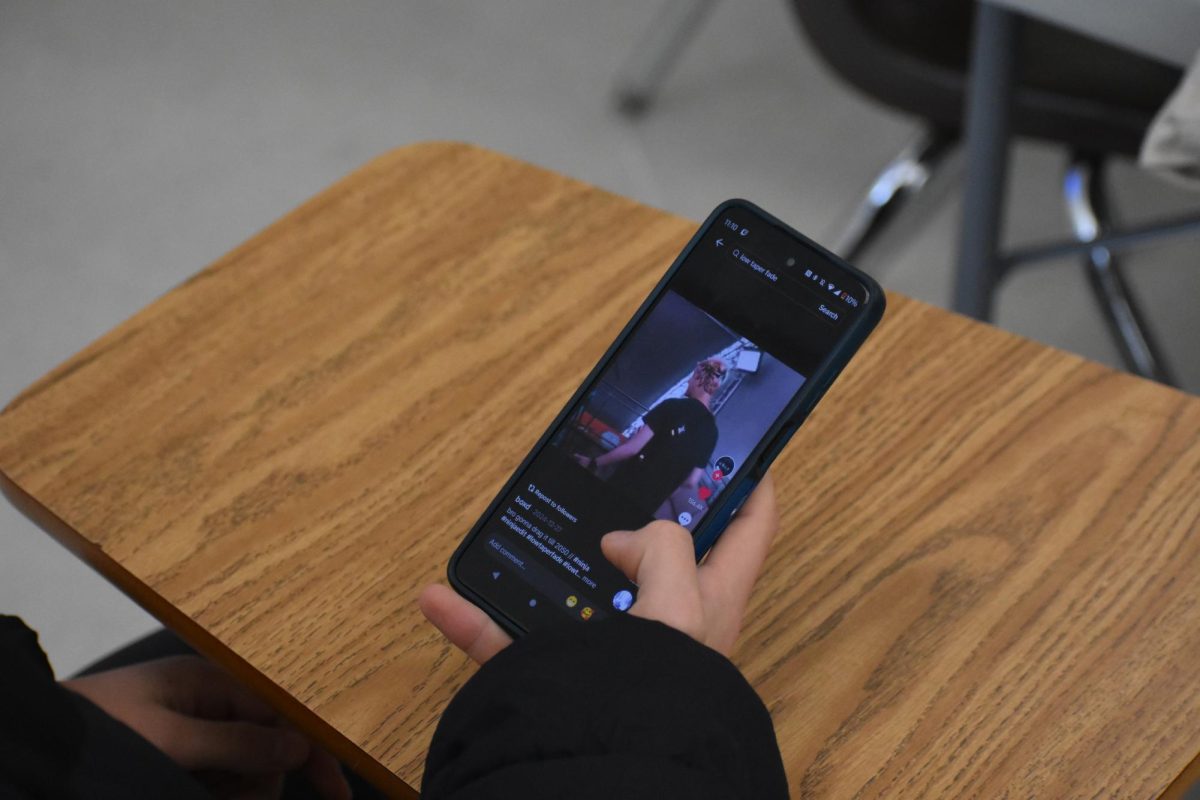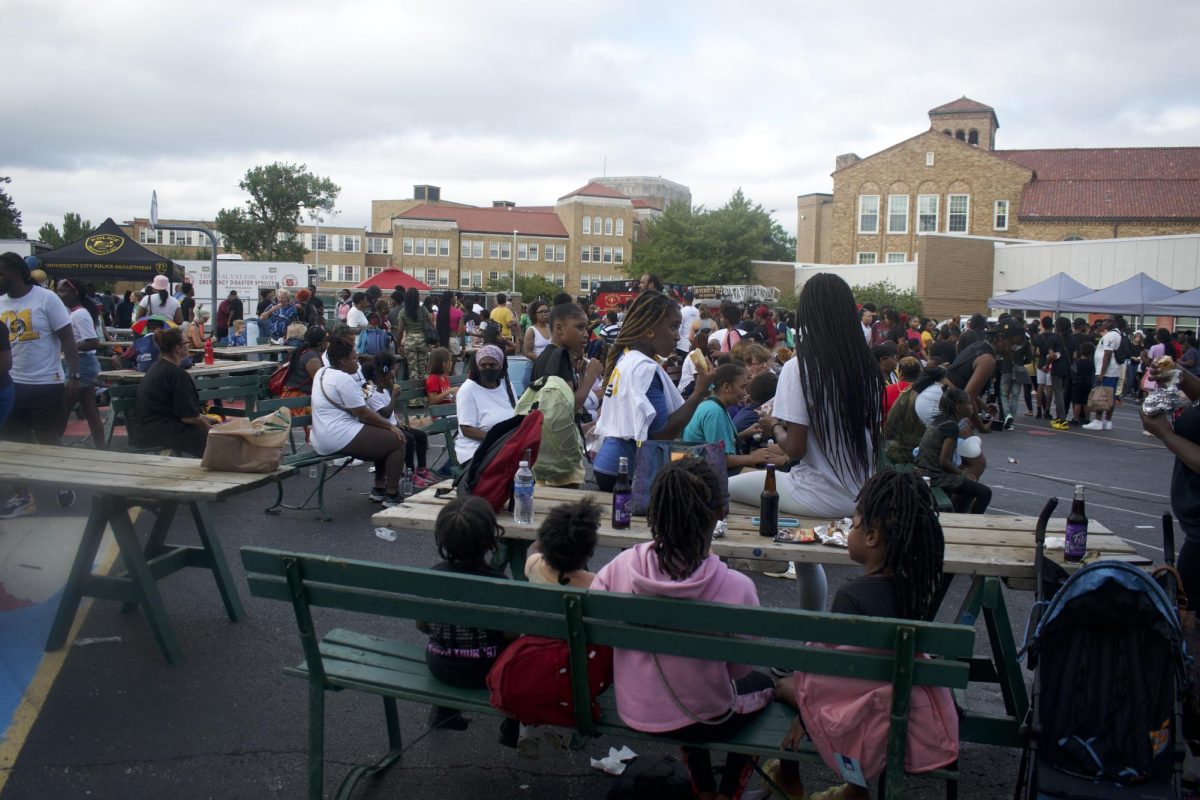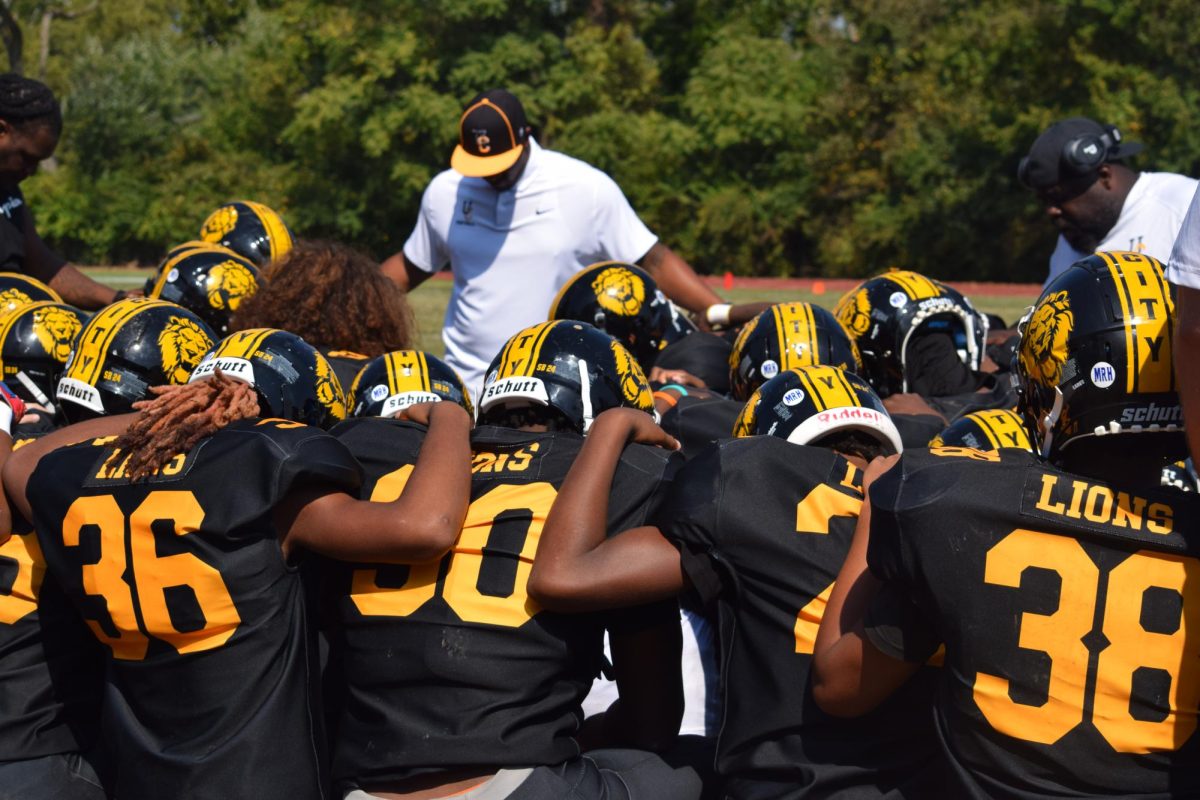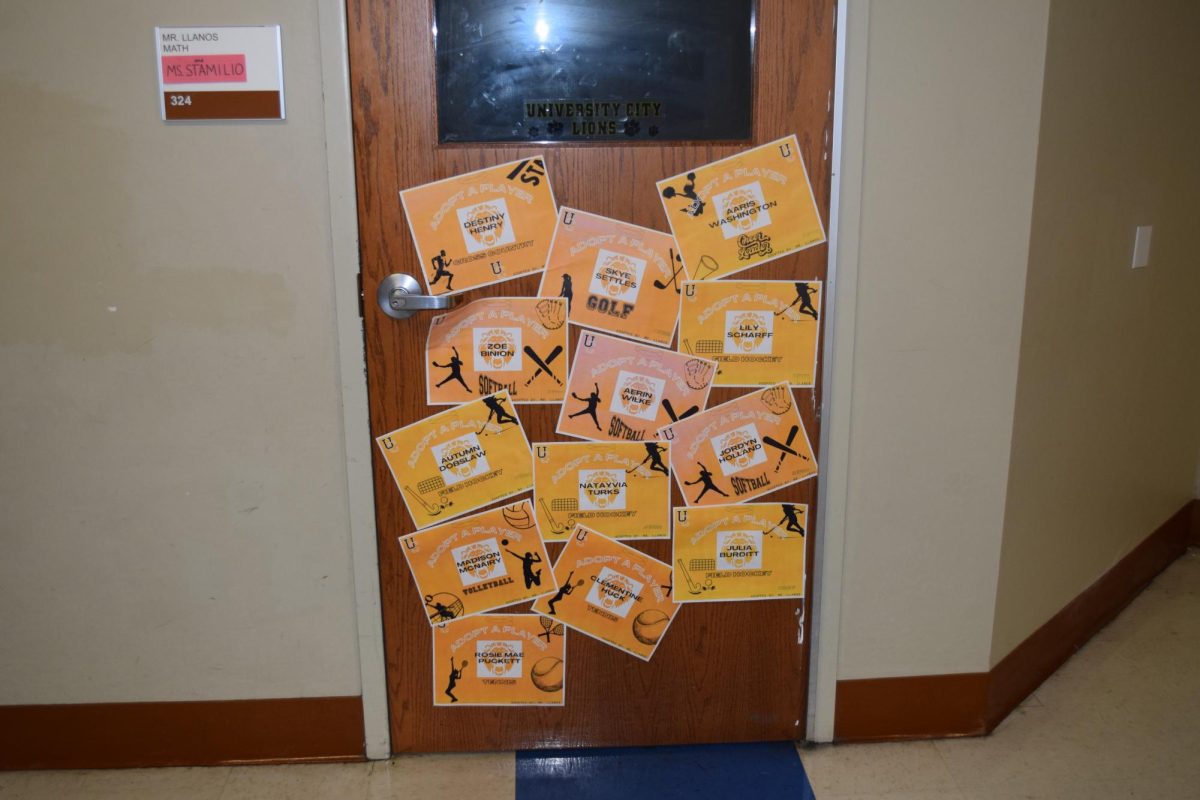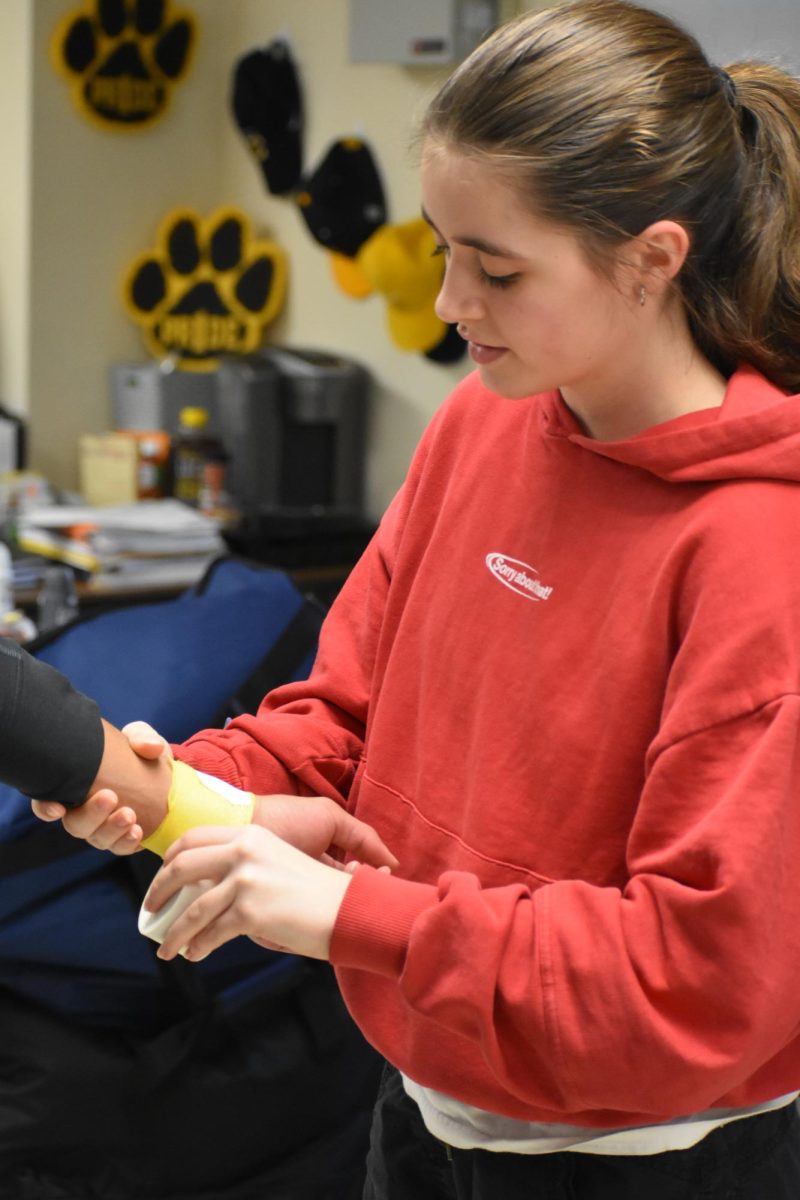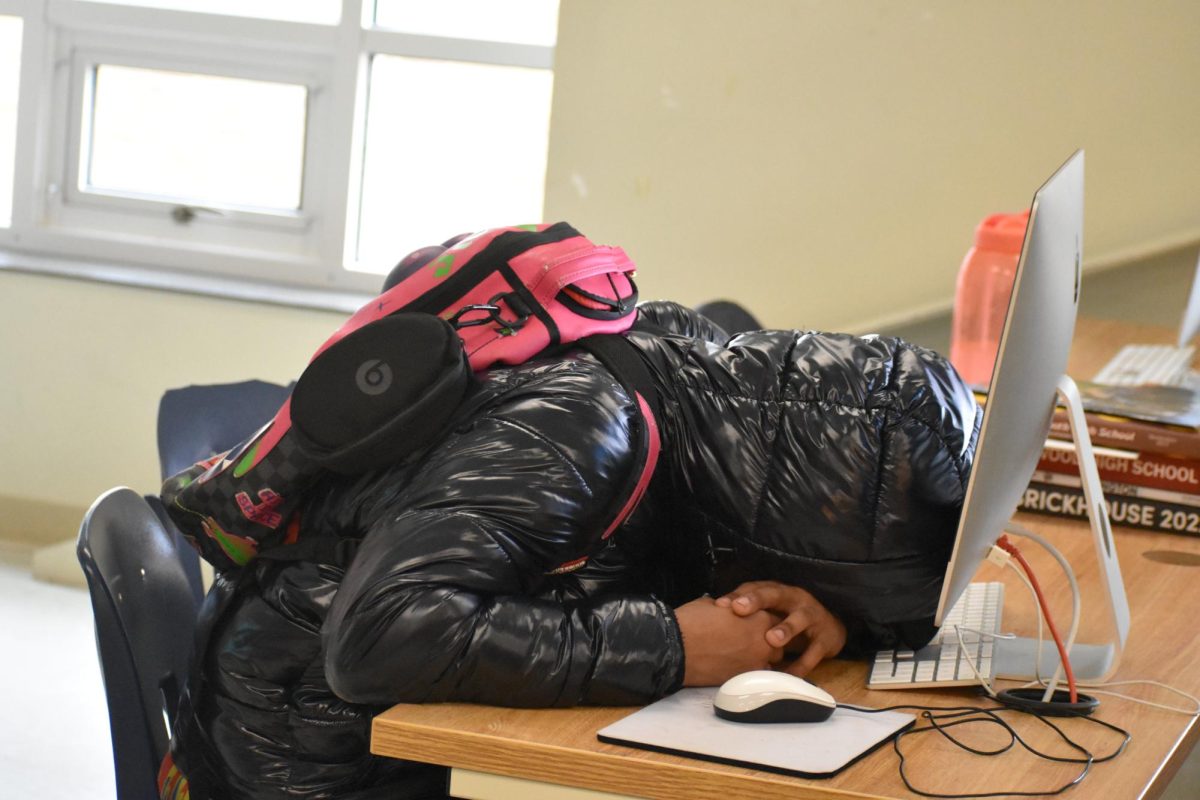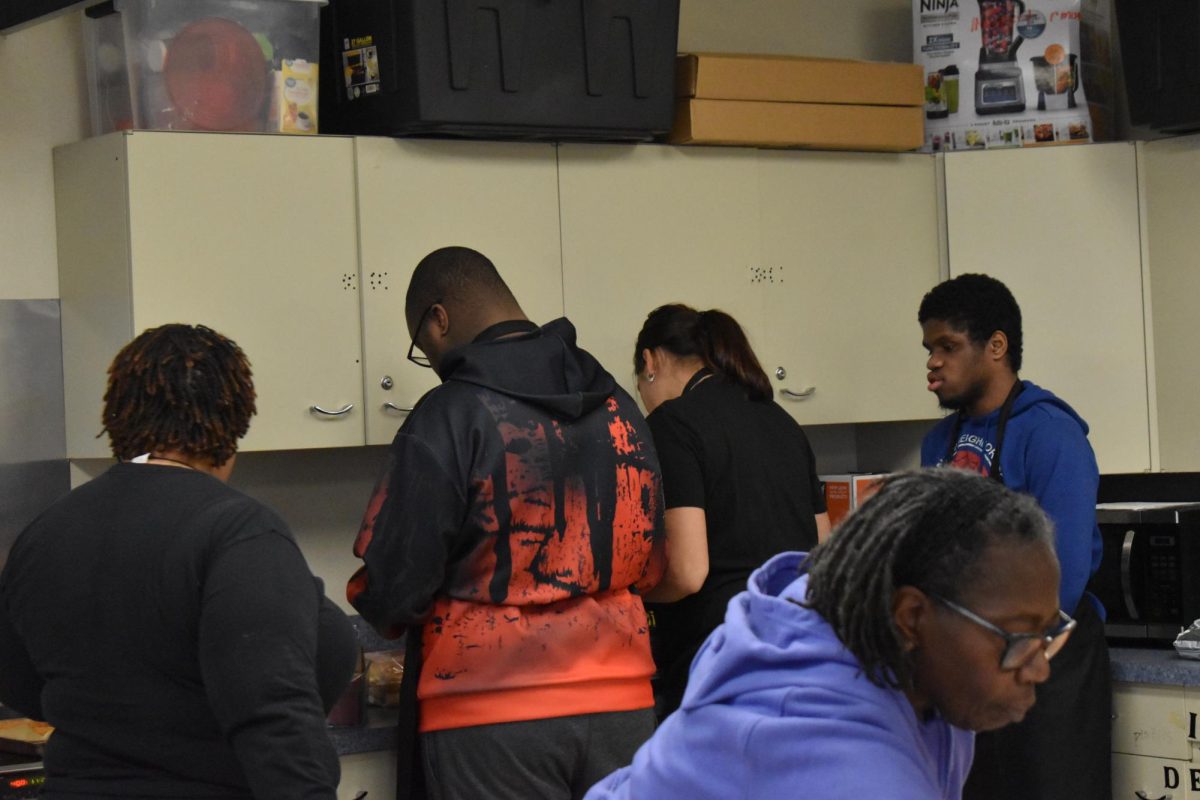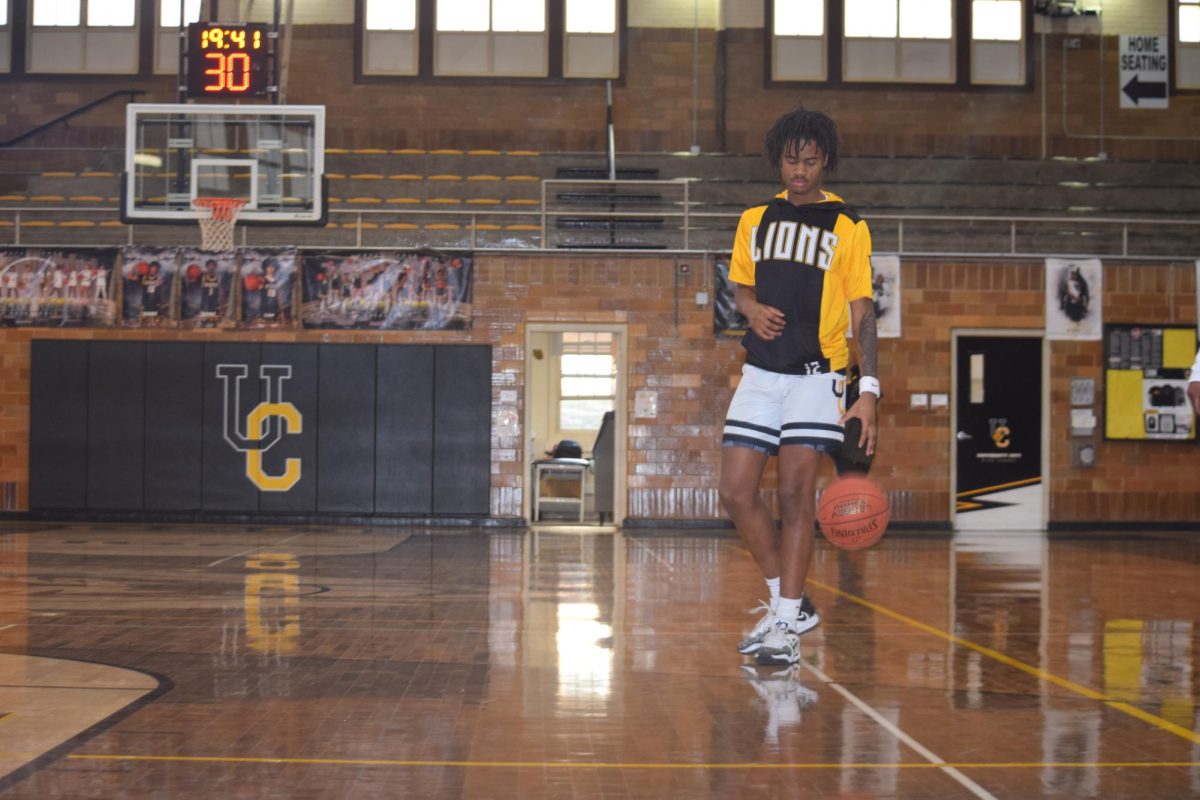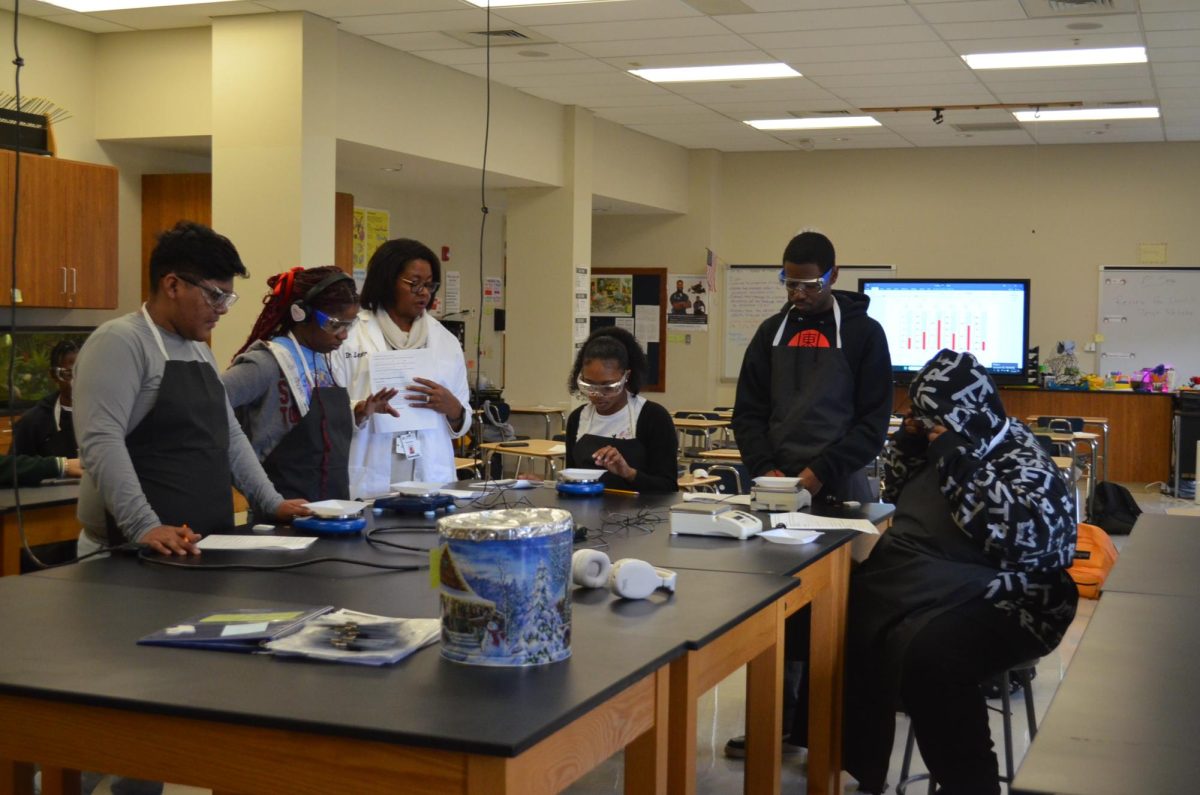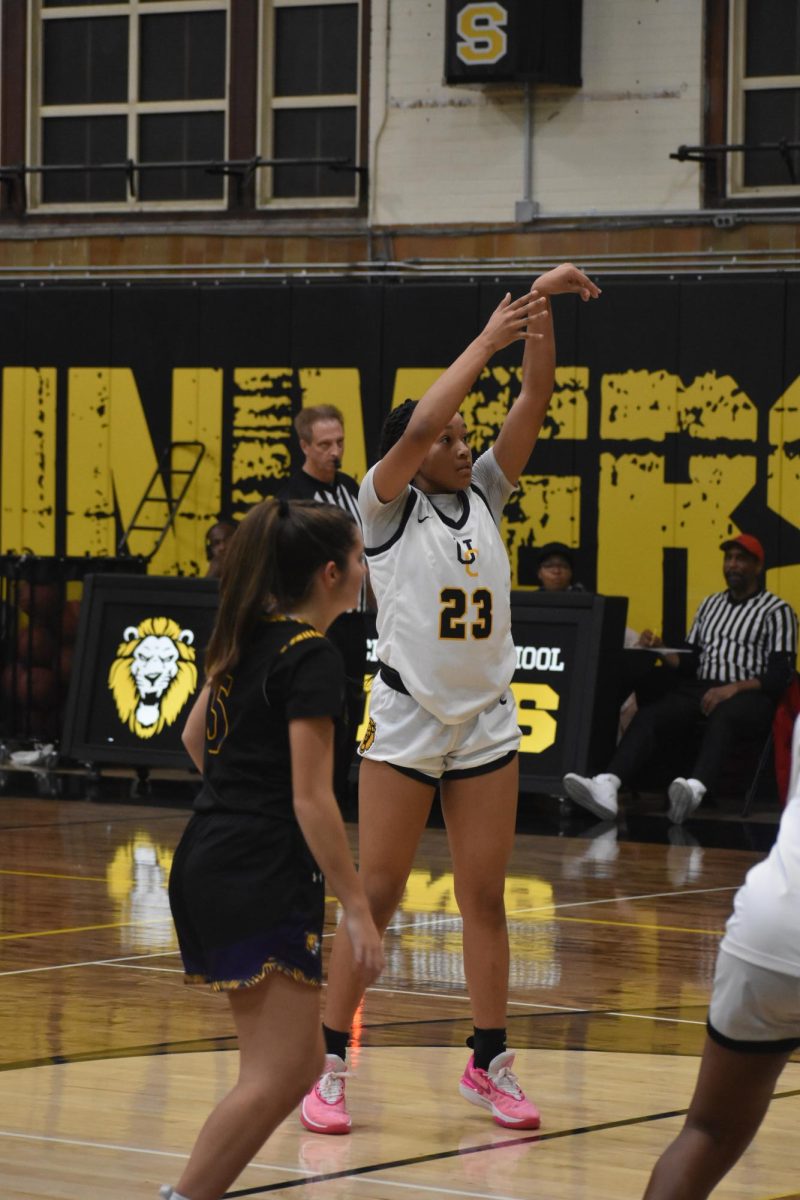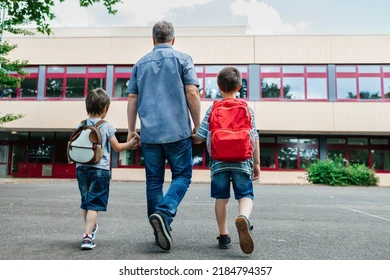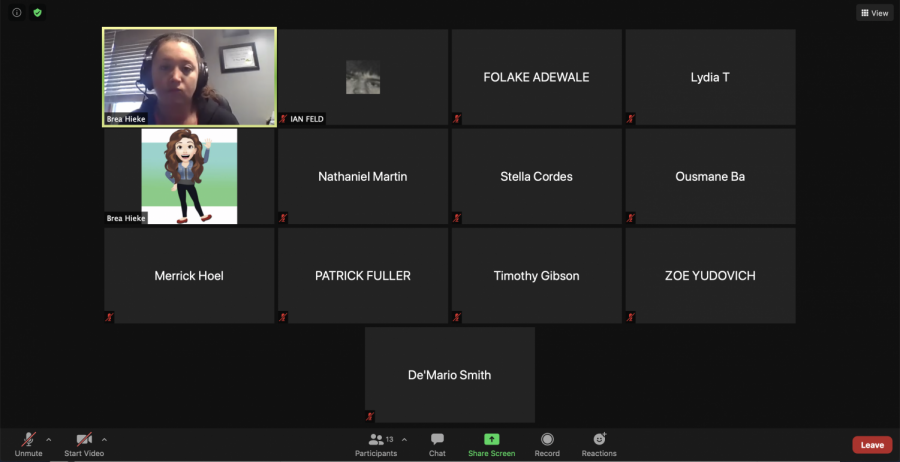Online learning forces teachers to adapt
One of the most difficult challenges for teachers is the lack of face-to-face interaction. Brea Heike, top left, teaches math to her second hour calculus class, all of whom are camera muted.
With so much preparation put into ensuring a smooth transition for students to a virtual learning model, it is easy to gloss over the impact of distance learning on teachers. Though the focus is pointedly directed toward student experience, it doesn’t mean that the other side of the learning model isn’t experiencing problems due to the numerous barriers of an online classroom. Mainly—due to the pandemic—most teachers feel a lack of ability to connect with their students.
“There’s just really a missing element of being able to establish relationships with students,” Peggy Halter, English teacher, said. “When you’re in class there’s a much greater opportunity to build relationships with students, and for students to build relationships with each other.”
Other teachers have echoed the same concerns, mainly citing the inability to see students’ faces as a reason for their struggles.
“The black screens suck,” Sherry Wibben, science teacher, said. “I find it really difficult to teach to them, but I am grateful when students interact.”
Wibben’s takeaways have mainly centered around trying to make the experience seamless for students, but she has found that online learning presents new challenges that wouldn’t arise in a traditional setting—especially as a science teacher.
“It’s a struggle to get kids engaged,” Wibben said. “The limitation of labs is hard, as is trying to find quality labs online.”
Similarly, Halter finds that the boundaries and effects of the internet create previously unheard of circumstances. She feels that the shortfalls of education are more noticeable in a virtual setting because of the lack of human interaction and a dependence on technology.
“All of it is so bizarre and hard to navigate,” Halter said. “[Online learning] muddies the water…problems are magnified because of the distance and because we’re so detached.”
“It’s absolutely exhausting…more so than I thought it would be. The screen fatigue is real…the unfortunate part is that in order to grade and plan, I have to stay in front of a screen,” Halter said of the challenge.
Despite the clear deficiencies of online, many teachers—including Halter and Wibben—are making an effort to find the positives of the experience. Carol Krueger, English teacher, finds that the absence of student discipline is a distinct positive in her lessons.
“A lot of other types of stresses aren’t present online,” Krueger said. “I don’t feel nearly as frustrated with teaching.”
Likewise, Sarah Smelser, art Teacher, finds that her ability to teach has been positively impacted by being at home.
“It’s much easier to put a lot of thought into lessons when classroom management isn’t looming overhead,” Smelser said. “Online learning allows me to be more creative with my lessons.”
Even more optimistic are Kristen Vosevich, math teacher, and Bishop Luther Baker, restorative justice teacher and Man of Valor mentor, who feel that the positives of distance learning have far outweighed the negatives. Vosevich, like her peers, has noticed that the void of classroom management has allowed her the liberty of strictly teaching. Beyond that, Vosevich also feels that being at home represents a more intimate setting for students to get to know her.
“I think I’ve been able to build relationships faster this way because students see me in my home and can relate to it,” Vosevich said.
Contrary to Wibben’s viewpoint, Vosevich thinks that the shared google classrooms are much easier to plan with.
“It’s super easy to plan lessons, way easier than in the classroom because I don’t have to plan as much stuff.”
Baker admits that he misses seeing students in the building, but notes that the shift to online has been as frictionless as possible. He has noticed the bond between teachers become more close-knit in dealing with the struggles.
“I can see a positive shift among the staff,” Baker said. “We are really working together. We’ve gotten closer with the challenge and we have one another’s back.”
Baker credits the consistent and clear planning of district and school leadership to a successful transition. He also feels that the change has done nothing to deter the outgoing nature of students.
“Even though we’re in a distance learning format, our students are still having the same influence in the community and in the St. Louis region,” Baker said.
Regardless of outlook, all teachers agree that online learning represents a drastic shift in the processes of modern education. For example, Wibben believes that snow days are a thing of the past.
“I think there’s been a whole paradigm shift in the education department. It’s forced us teachers to figure out how to move education online,” Wibben said. “Theoretically, the online learning can be seamless from in-person.”
Said Vosevich, “This could totally change how we do high school. People are realizing you don’t really need to be in class to learn.”
There is a general consensus among teachers that in-person learning is a welcome sight to look forward to, but with an uncertain future, virtual learning is set to be the norm for at least the rest of the semester.
“I absolutely trust our school leaders,” Halter said. “If they say it’s safe, I’m in there.”
Wibben echoes that sentiment:
“I say glove up, goggle up, mask up, let’s get it on.”
Vosevich isn’t as sure. She feels that going back is an unnecessary step for the time being, especially considering the difficulty of tracking student activity out of the classroom.
“It’s not worth the risk for me to put myself in a situation where I could get COVID,” Voseich said.
That doesn’t mean that at-home teaching is devoid of its small victories, though. Multiple teachers claimed that they had saved money on gas. Some stressed the benefit of being around family. Halter, for one, has enjoyed being around her dog.
“I like being able to be home with my dog,” Halter said. “But I’m worried he’ll have separation anxiety when we go back.”
Baker notes that the potential of returning is dependent on a continued consistent approach when it comes to preventing the spread of the virus.
“We have to continue to be diligent in the areas that can help us get back in the building,” Baker said. “It’s not just getting in, it’s staying.”
Even with all the negatives and positives, distance learning is undoubtedly a stressful process for everyone—teachers not excluded. For Baker, the experience is fondly taken in-stride.
“We all have learned something about ourselves and it has made us better,” he said. “Most of all, this experience has made us value the relationships we may have taken for granted.”
For Halter, the experience has simply been quite trying. She trusts that it will only be a temporary bump in the road.
Said Halter, “It’s not starting to feel normal, and I hope it never does.”
Your donation will support the student journalists of University City High School - MO. Your contribution will go towards our young journalism events such as Media Passes, Sports Game Tickets, And equipment for our students.

